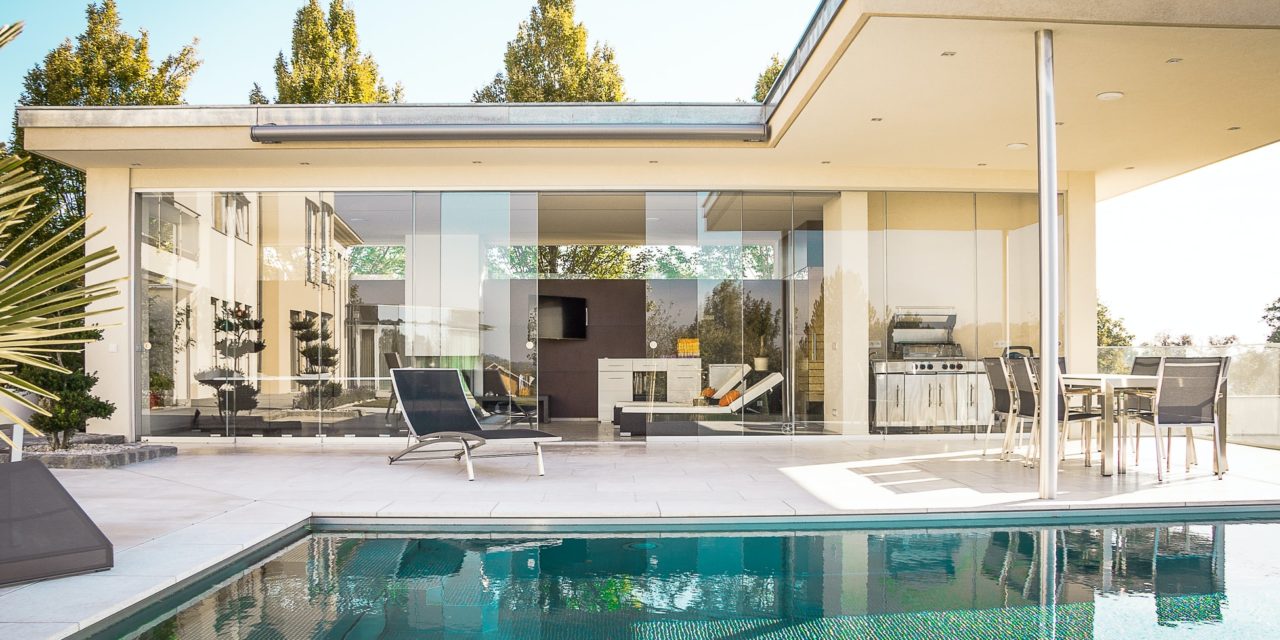This may seem obvious but be sure to plan. A famous footballer once said “Fail to prepare, prepare to fail,” and he was correct. Everybody who wants a landscaped garden wants to get working straight-away, but take your time to get the design right on paper first. Think twice about everything. Then and only then, start the actual work.
Planning your project requires:
– studying your site carefully.
– try to visualise how everything will fit in with the existing structures (home, garages, etc)
– measure out the property with reasonable accuracy
– draw a scale plan of the proposed landscape (1cm:1m is a pretty OK scale, depending on the size of the property) Tip: Use lined-out graph paper.
– Use computerised garden design software to draw your plans. See links below.
Things to watch out for:
– Tree branches and roots travel outwards over time, so allow space for them to expand. Branches, and trees which grow very tall can become a big problem if not considered, early on in the process.
– Also regarding trees, their roots can creep into house foundations, wall footings, etc..be careful where you plant. Also, ask yourself if they are likely to fall down in high winds and do damage…if they fall will they collide with the house/garage?
– Lighting features (unless solar-powered) will require power. Remember to allow for running these cables early in the project.
– Fountains require power also. So be sure to run cables underground at the same time you run water hoses (if required).
– Decks often require a solid foundation. Also, depending on the height off the ground, they may require handrail. Make sure you know what the local codes require when it comes to safe deck installation.
– Some structures may require planning permission. Check with your local planning department. This can be a head-ache after the build, if you fail to verify it beforehand.
– Sunlight (position) throughout the day is something to consider too. You can't sunbathe in a garden which is drenched in shade all day long. And tall trees around a reletively small garden will ensure your lawn and plants get no sun. Privacy is good, but there are better ways to achieve this than planting giant red-woods around your property (sarcasm).
– Consider the HEIGHT of objects when planning. Not just their footprint. A plan, is an overhead view, but consider the elevation views from all four sides too, so the heights of objects in relation to others are not overlooked!


